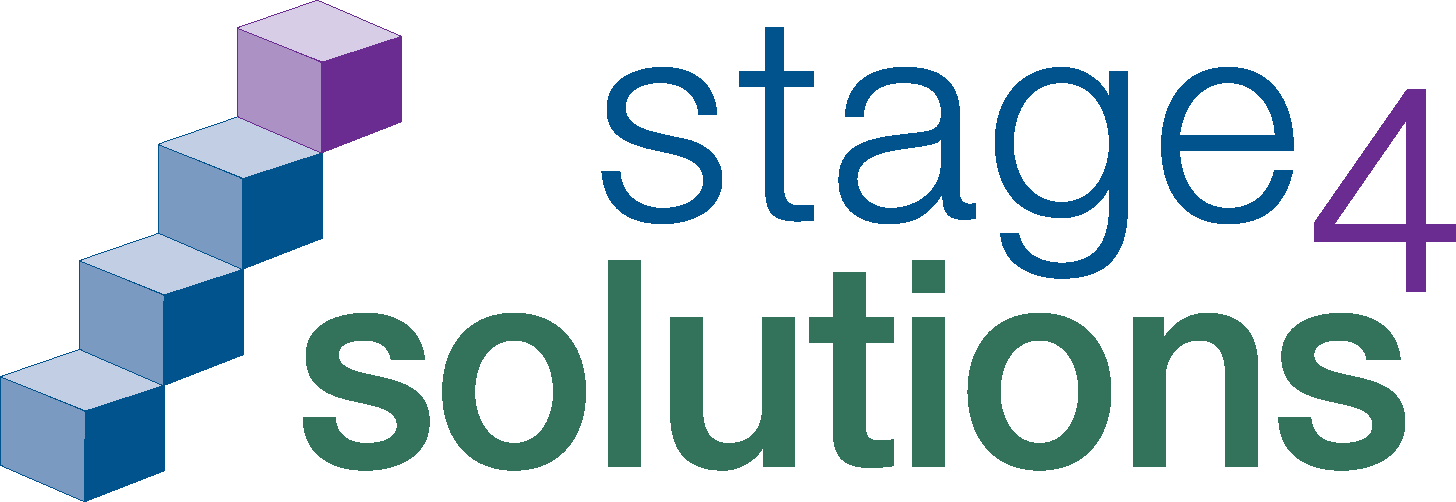Navigating the Forever Talent Shortage
- March 20, 2024
- Posted by: Stage 4 Solutions
- Category: Blog

In the ever-evolving landscape of the global economy, one challenge remains persistent: the talent shortage. The Bureau of Labor Statistics’ Employment Projections: 2022-2023 Summary paints a concerning picture, indicating a steady decline in the labor force participation rate. From its peak of 67.4% in 2000, the rate has steadily decreased, dropping to 63.3% before the Covid-19 pandemic. Projections suggest a further decline, with the rate expected to fall from 62.2% in 2022 to 60.4% in 2032. This decline in participation is a significant concern as it affects the pool of available talent for businesses. Furthermore, a Korn Ferry study predicts a worldwide shortage of human talent exceeding 85 million individuals by 2030, potentially resulting in unrealized annual revenues of around $8.5 trillion if not addressed. From the lack of necessary skills to shifting demographics and immigration policies, several factors are converging to create a perfect storm of talent scarcity.
One of the primary drivers of the talent shortage is demographics. In many developed countries, birth rates have been declining for decades, leading to aging populations. As baby boomers retire in droves, they take with them a wealth of knowledge and experience, leaving a significant gap in the workforce. Simultaneously, younger generations are not entering the workforce in sufficient numbers to replace them. This demographic shift creates a persistent shortage of skilled workers across various industries.
Another critical factor contributing to the talent shortage is the widening gap between the skills employers need and those possessed by job seekers. Rapid technological advancements, automation, and digitalization have transformed the nature of work, rendering many traditional skills obsolete while creating demand for new ones. Unfortunately, the education and training systems have struggled to keep pace with these changes, resulting in a mismatch between the skills available in the labor market and those required by employers.
Immigration has long been a source of talent for many countries, providing a steady influx of skilled workers to fill gaps in the labor market. However, stringent immigration policies in certain areas have greatly restricted this influx, worsening the talent shortage. Tighter visa regulations, anti-immigrant sentiments, and geopolitical tensions have made it increasingly challenging for businesses to recruit talent from abroad, further limiting their options for addressing skill shortages.
As businesses adapt to the ongoing talent shortage, proactive strategies become essential for navigating this challenging landscape effectively. Prioritizing investment in upskilling and reskilling programs allows companies to cultivate a skilled workforce internally, addressing the skills gap and preparing for future challenges. Diversifying talent sources through remote work arrangements, international partnerships, and cross-border collaborations helps overcome restrictions imposed by immigration policies while promoting diversity and inclusion. Leveraging technology and automation streamlines operations, boosts productivity, and fills skill gaps in areas where human talent is lacking, ensuring competitiveness in a tech-driven world. Flexible workplace arrangements, including remote work options and project-based contracts, cater to evolving workforce preferences, attracting and retaining top talent in a competitive labor market. Amidst these challenges, Stage 4 Solutions stands out as a trusted interim staffing partner, having assisted over 125 companies in filling critical resource gaps with seasoned professionals. Please let us know your resourcing needs!

